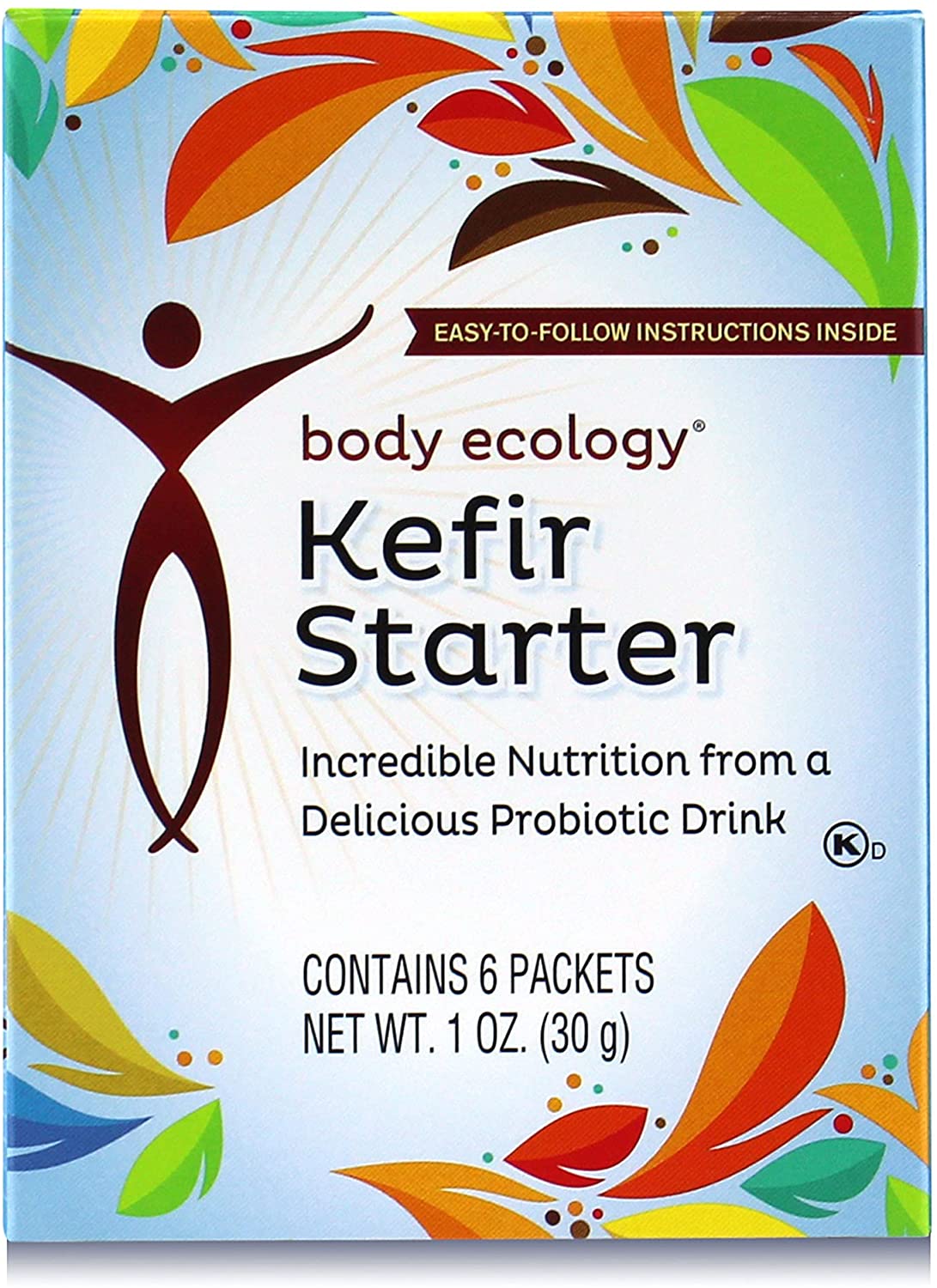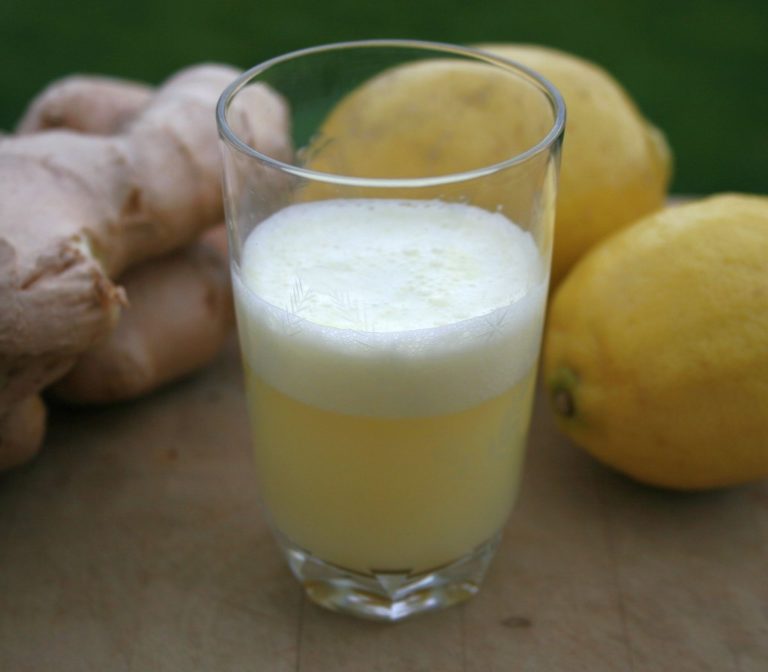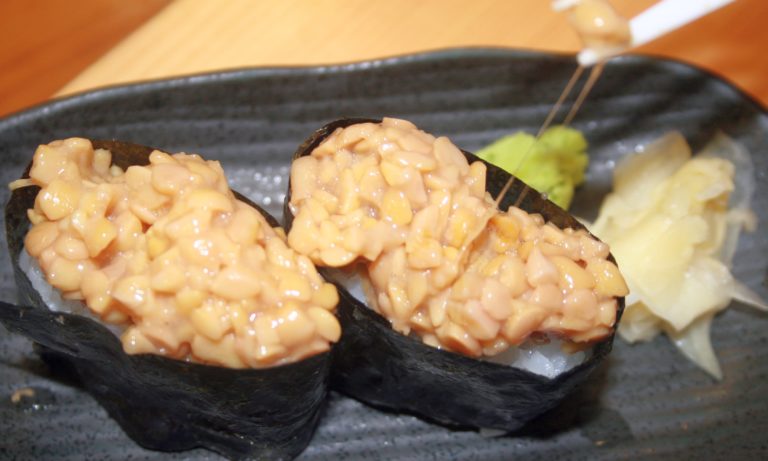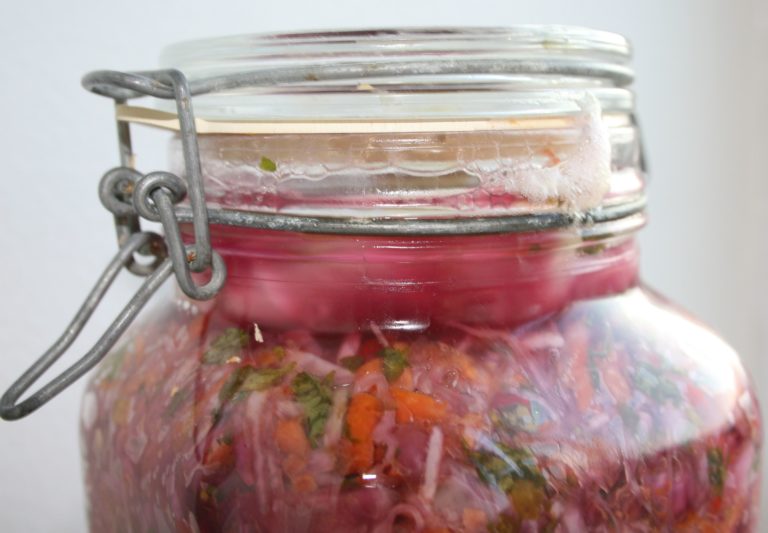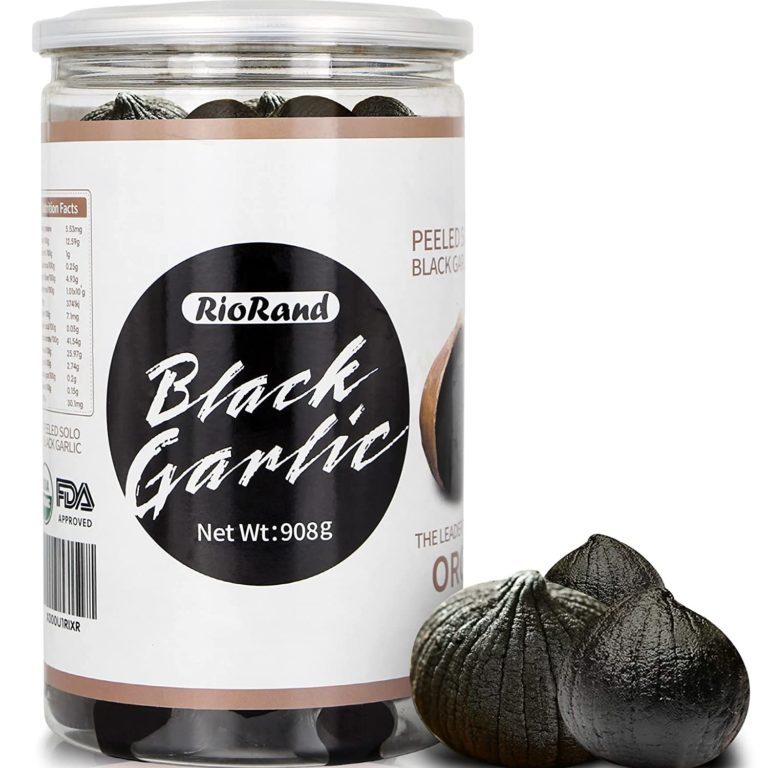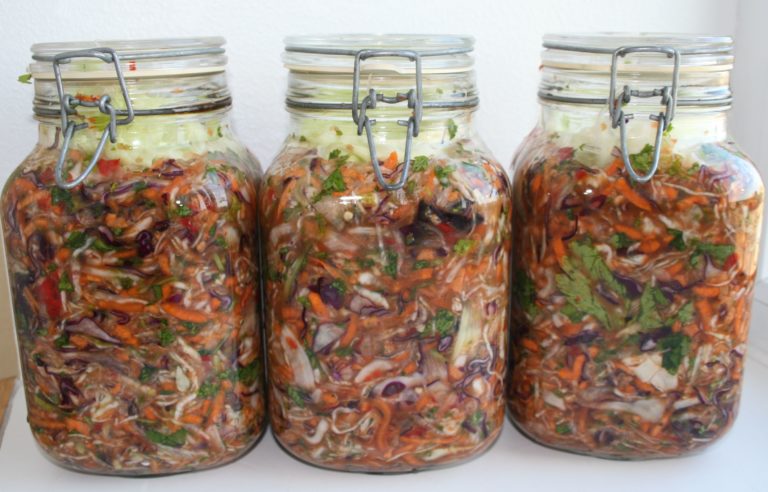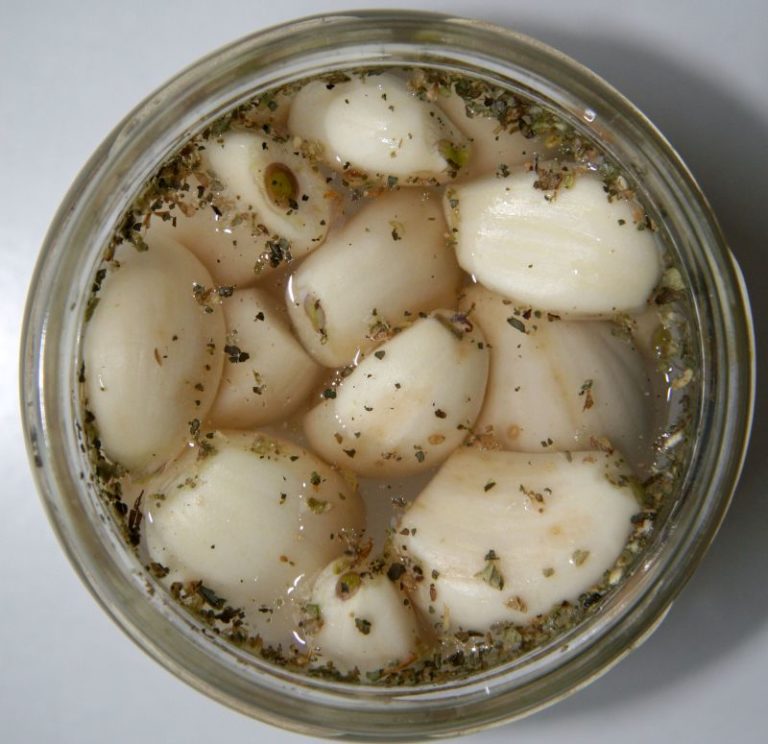Why Use a Starter Culture to Ferment Vegetables and Dairy?
Why use a starter culture? Because they simplify and improve the quality of fermented foods. After Louis Pasteur discovered that microorganisms are responsible for the fermentation process, starter cultures were developed around 1892 for the dairy industry. Today starter cultures are used for fermented vegetables, sauerkraut, yogurt, kefir, beer, and other foods.
Starter culture definition
One way to define a stater is this: “A preparation of beneficial microorganisms, whose activity has the desired effect in the food being fermented.”
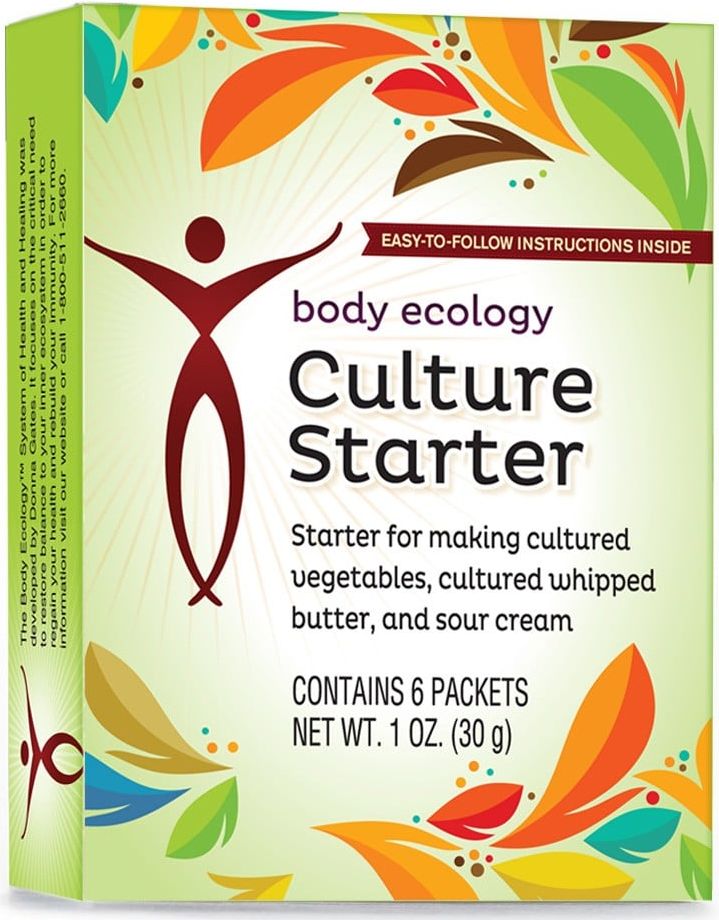
A starter cultures initiates the fermentation process and quickly takes control of the batch.. The precise composition of the starter – the kind of bacteria and yeast included – will affects the taste and texture of the food being fermented.
Some starter cultures are pure cultures from a commercial laboratory. But you can also use a small part of an earlier batch of fermented food to start a new batch. This is often done with kombucha and some dairy products.. Some starter cultures have similar compositions to probiotic supplements.
Composing a starter culture
Each bacteria species have unique properties and perform specific tasks in your gut. High-quality starter cultures and probiotic supplements combine different bacteria and yeast species in a way that enhances the total effect. Bacteria can even be combined to combat or prevent certain health problems.
High-quality starter cultures are prepared in a way that combines different microorganisms that work in synergy to promote fermentation of vegetables or dairy.
Starter culture advantages
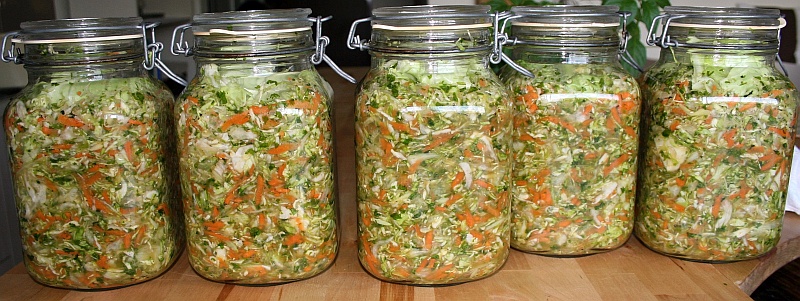
- Promote a stable and predictable fermentation, even if you don’t have perfect conditions
- Reduced risks of unwanted mould, yeast, and other bad microorganisms
- Higher levels of the very potent exopolysaccharides (EPSs)
- Higher levels of lactic acid, diacetyl, acetate and ketones
- Contribute to a crunchier texture and more complex taste
- Higher levels of natural hydrogen peroxide (H202)
- Help preserve the product longer
- Ensuring constant high quality
- Higher levels of vitamin K2
- Fermentation is faster
Research confirms effectiveness of starter cultures
Research confirms that starter cultures are often far superior then allowing for spontaneous fermentation.
The Journal of the Science of Food and Agriculture reported in October 2013 about using only one probiotic bacteria strain Lactobacillus plantarum IMDO 788 as a starter culture to control vegetable fermentations. Researchers found that the using Lactobacillus plantarum as a starter culture strain for cauliflower and mixed vegetable fermentations resulted in an accelerated fermentation process. The starter culture bacteria quickly took control dominated the fermentation process producing lactic acid, ethanol, and other substances. This confirms that a starter culture stabilizes the fermentation process as the probiotic bacteria take full control over the process, making fermentation much more predictable and stable.
The Journal of Microbiology and Biotechnology: The lactic acid bacterium Streptococcus thermophilus is widely used as a starter culture for the production of dairy products like yogurt. Researchers discovered that this specific bacterium has the ability to metabolize 17 different kinds of sugars. The probiotic bacteria transform sugars into several other substances as lactic acid and exopolysaccharides (EPSs). The EPSs give yogurt a thicker body and texture. In addition, EPSs has been found to have antitumor, antiulcer, immunomodulating, and cholesterol-lowering properties. This study supports the potential benefits of using this probiotic strain as starter cultures.
Department of Food Technology, Victoria University of Technology, Australia: Researchers assessed the viability of yogurt and probiotic bacteria from commercial starter cultures. They found that that the number of probiotic organisms and the viability of these organisms in yogurt were dependent on the interaction of several probiotic strains. This indicates that multi-strain starter cultures are to prefer since the different bacteria strains support one another.
